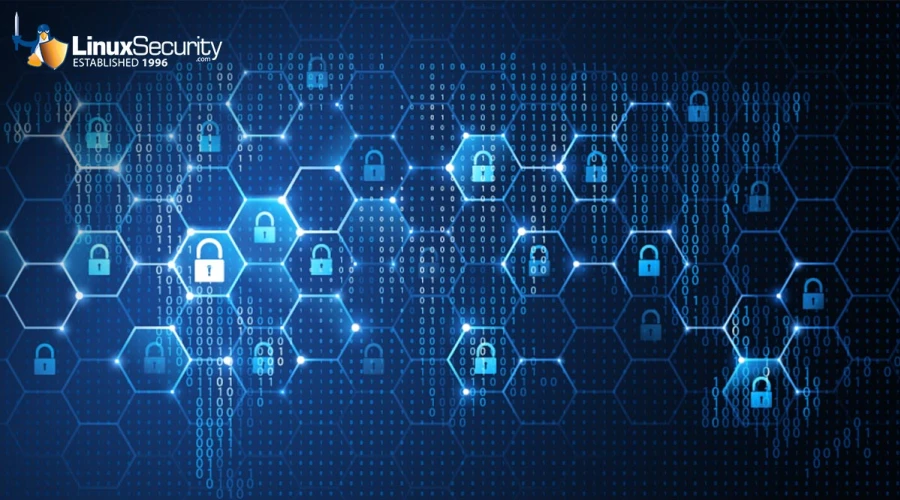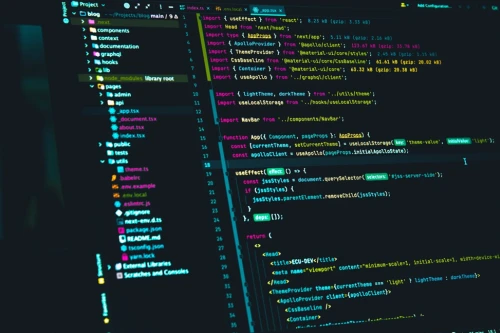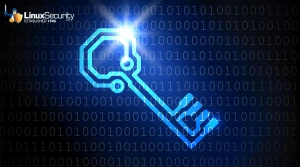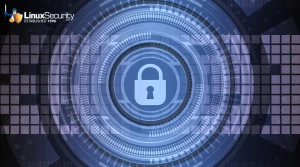Kubernetes Security Best Practices for 2024

The dynamic Kubernetes security landscape has given rise to several trends shaping how organizations approach this increasingly critical area. The aim of Kubernetes security is to prevent unauthorized access, foster data privacy, and protect the integrity of a Kubernetes environment. Robust Kubernetes security requires a defense-in-depth approach, including measures such as access control, network policies, resource isolation, and security context. Let's explore best practices you can implement to secure your Kubernetes clusters and the workloads and data running within them in 2024.
Kubernetes Security Trends & Best Practices for 2024
Adopting a shift-left security approach, utilizing compliance-as-code methodology, managing complexity, embracing GitOps, implementing microsegmentation, leveraging pod security context, practicing secure container image management, and implementing advanced threat detection are all critical in securing a modern Kubernetes environment. Through these best practices, organizations can enhance their Kubernetes security posture. However, it is crucial for security practitioners to critically analyze these recommendations to understand the long-term implications and ensure effective security measures are in place.
 For instance, adopting a shift-left security approach can strengthen security but can also result in inefficiency and the risk of discovering vulnerabilities late in the development process. By incorporating security measures from the beginning, organizations can identify and address vulnerabilities early on, reducing the risk of security breaches and enhancing application quality. This approach enhances the overall resilience of the Kubernetes environment, but it requires a shift in mindset and collaboration between development and security teams.
For instance, adopting a shift-left security approach can strengthen security but can also result in inefficiency and the risk of discovering vulnerabilities late in the development process. By incorporating security measures from the beginning, organizations can identify and address vulnerabilities early on, reducing the risk of security breaches and enhancing application quality. This approach enhances the overall resilience of the Kubernetes environment, but it requires a shift in mindset and collaboration between development and security teams.
Compliance-as-code (CaC) methodology is a significant trend in Kubernetes security. Automating security and compliance checks through code integration helps ensure that Kubernetes clusters consistently comply with required standards. This systematic approach mitigates non-compliance risks and improves overall security. However, security practitioners must carefully evaluate the potential risks associated with maintaining compliance-as-code and must implement measures to update and validate the correctness of compliance standards over time. Failure to do so could result in outdated or ineffective security measures.
Furthermore, effectively managing the complexity of Kubernetes configurations is essential to reducing the risk of misconfigurations. Organizations must adopt tools, practices, and procedures to simplify configurations, ensure consistency, and minimize vulnerabilities. However, it is essential to consider the potential trade-offs between reducing complexity and maintaining flexibility and functionality. Simplification can inadvertently limit the capabilities of the Kubernetes environment, potentially hindering its ability to adapt to changing needs.
Container image management is an area that also should not be overlooked. Using trusted sources, regularly updating images, and scanning for vulnerabilities are all vital practices. Security practitioners should consider exploring the trustworthiness of the entire supply chain, including the dependencies, to ensure that the entire ecosystem is secure.
Additionally, advanced threat detection is a key component of Kubernetes security. Auditing logs and leveraging Machine Learning for anomaly detection can enhance threat detection capabilities. Nevertheless, security practitioners must assess the limitations of these technologies, understand false positives, and define appropriate response strategies. In addition, they must address the potential challenges associated with integrating third-party tools into the Kubernetes ecosystem, including compatibility issues and increased attack vectors.
Our Final Thoughts on Securing a Modern Kubernetes Environment
In this article, we've shared essential best practices for securing Kubernetes environments. However, security practitioners must critically assess these recommendations and adapt them to their specific contexts. Considerations should include the potential long-term consequences, the impact on the organization's security strategy, and the effectiveness of the proposed approaches in real-world scenarios. By doing so, security practitioners can establish robust security measures that cater to the needs of their Kubernetes environments while aligning with their organizational objectives and risk tolerances.
Need additional guidance? Connect with us on X @lnxsec - we'd love to help you out!























